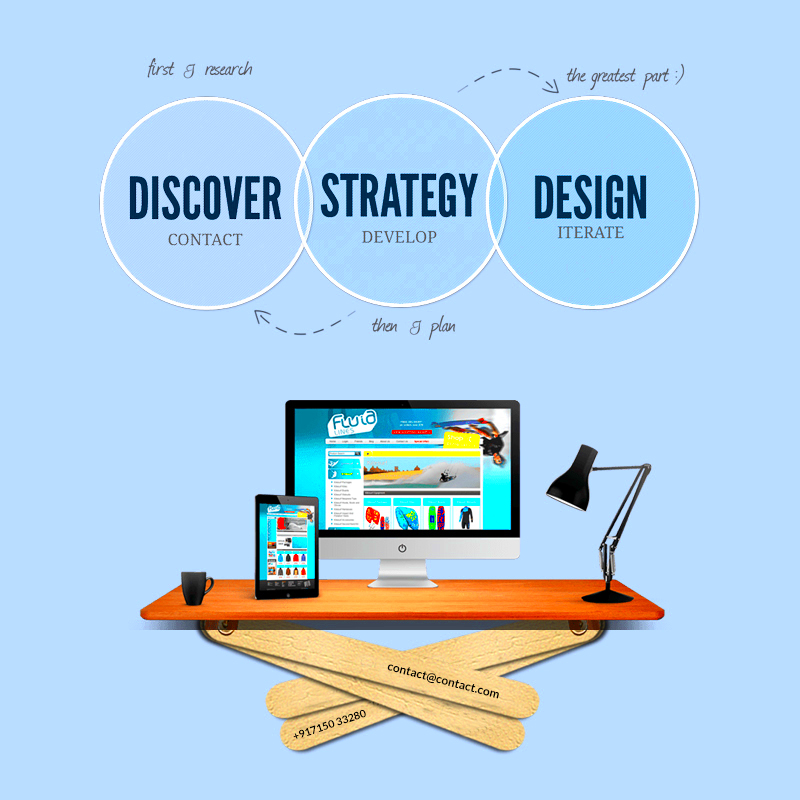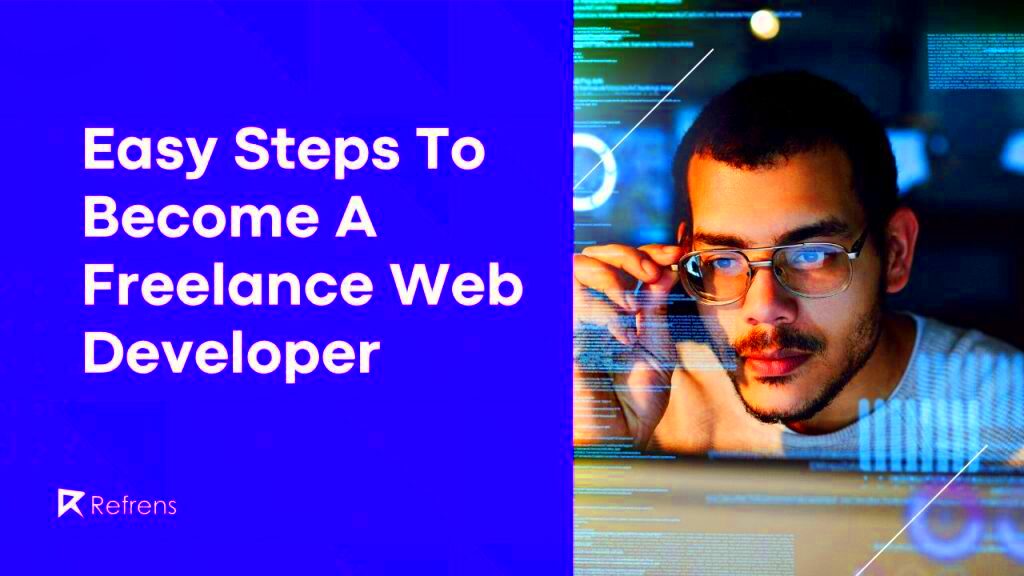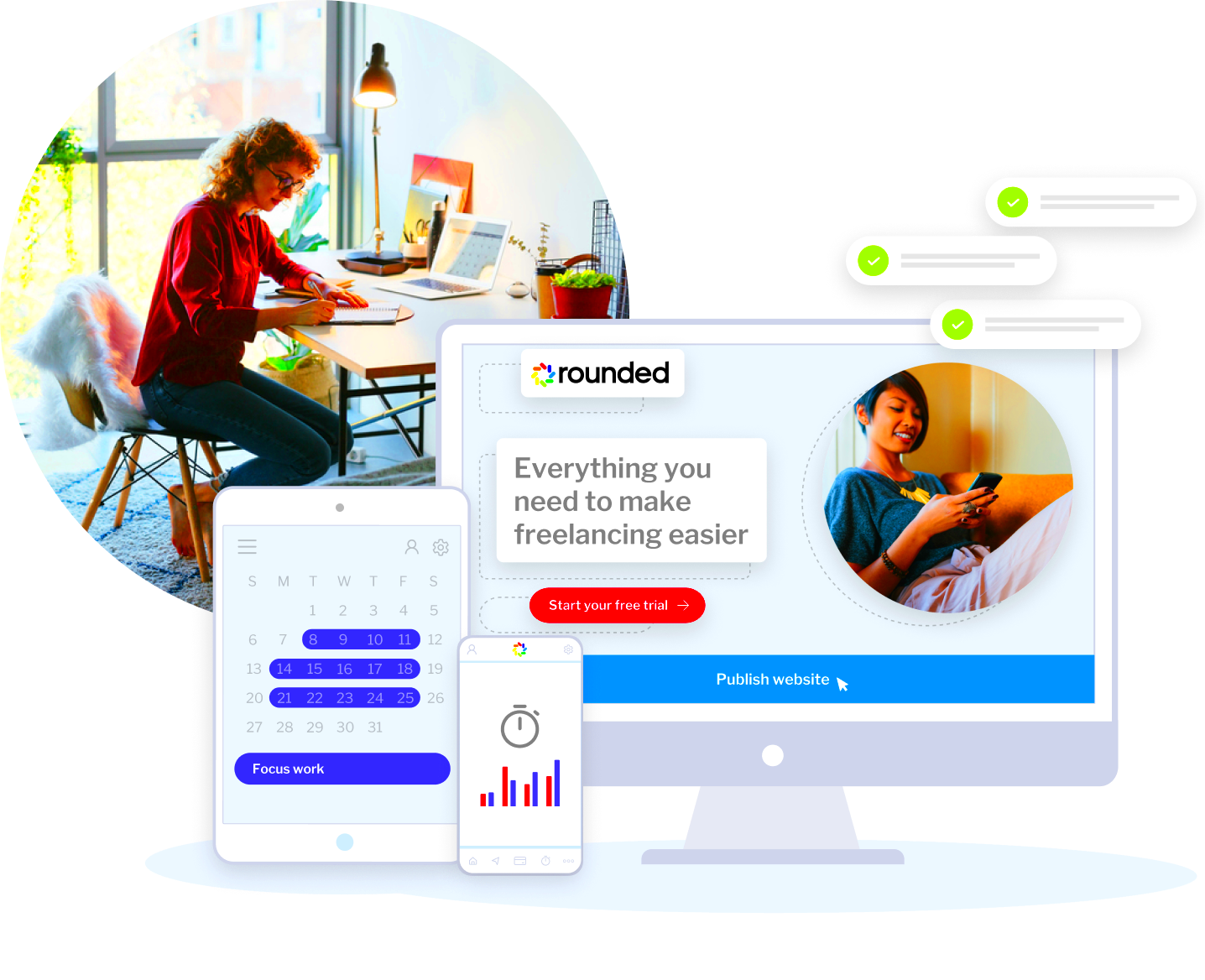Freelancing e-learning creation industry is quickly growing career route which makes it possible to work independently while designing interactive study materials. The number of qualified e-learning creators is rising due to digital learning systems being embraced by companies and educational institutions at large. Flexibility in this type of job allows one to dabble with diverse projects as well as progressively develop ones’ abilities. Thus, whether starting or already well advanced in e-learning creation field, these people stand a chance at making good money by going solo.
Skills You Need to Become an e-Learning Developer

For success in freelancing e-learning development, one requires both art and science. Key skills emphasis are as follows:
- Instructional Design: Understanding how to structure learning content effectively is crucial. You need to know how to create content that is engaging and educates the learner efficiently.
- Authoring Tools: Familiarity with e-learning software like Articulate Storyline, Adobe Captivate, or similar tools is essential for creating interactive courses.
- Multimedia Editing: Basic knowledge of video, audio, and image editing can help you create visually appealing and dynamic learning content.
- Communication Skills: You’ll need to clearly understand your client's needs and translate them into effective learning materials.
- Project Management: Being able to manage deadlines, client expectations, and your workload is important when working independently.
As a freelance for e-learning developer, you can be successful when you combine all those skills with your love for teaching and technology.
Also Read This: Top 10 Researchers and Summary Writers on Fiverr
Where to Find Freelance e-Learning Jobs

Getting into the freelance e-learning jobs may look daunting initially but there are numerous platforms and strategies to consider for beginners:
- Freelance Marketplaces: Websites like Fiverr, Upwork, and Freelancer offer numerous job postings for e-learning developers. Create a professional profile and start bidding on relevant projects.
- Networking: Join online communities and LinkedIn groups where e-learning professionals gather. Networking can help you find job opportunities and make connections with potential clients.
- Direct Outreach: Contact companies and organizations that might benefit from e-learning solutions, especially those that are expanding their digital learning offerings.
- Personal Website: Having a portfolio on your own website can help attract clients. Showcase your previous work and outline your services in a clear, professional way.
Freelance e-learning positions that align with your expertise and passions can be located through the use of a medley of these approaches.
Also Read This: Does Fiverr Ask for Email?
Building a Strong Portfolio for Freelance Work

As a freelance e-learning developer, it’s vital to have a powerful portfolio in order to capture the attention of potential clients. The portfolio demonstrates the expertise, creativity, and effective learning solutions provided by you. Include these fundamental attributes:
- Diverse Samples: Include a variety of projects, such as interactive courses, simulations, videos, and assessments. This shows that you can handle different types of content.
- Before-and-After Examples: If possible, show how you improved existing learning materials. This highlights your problem-solving skills and ability to enhance learning experiences.
- Case Studies: Provide details about the challenges you faced in a project, your approach, and the results. This gives potential clients a deeper understanding of your process.
- Client Testimonials: If you have received positive feedback from clients, include it in your portfolio. Testimonials build trust and demonstrate your ability to meet client expectations.
- Clear Navigation: Make sure your portfolio is easy to navigate. Group your projects by type or industry to help potential clients find what they are looking for quickly.
However, ensure that your portfolio is up to date and professionally made, having an impression of your work first on potential clients. A strong portfolio can give you an edge over others.
Also Read This: Income Expectations for Freelance Photographers
Setting Your Rates and Managing Finances

It is very important to establish appropriate rates as an independent e-learning developer in order to guarantee that you get a just remuneration for your labor, while also remaining competitive. The following are steps which will guide you on how to figure out and maintain your charges:
- Research Market Rates: Investigate what other freelance e-learning developers charge for similar projects. This will help you understand the going rates and where you fit based on your skills and experience.
- Consider Project Complexity: Adjust your rates based on the complexity and scope of each project. More complex work, such as custom development or simulations, should command higher fees.
- Hourly vs. Project Rates: Decide whether to charge by the hour or on a project basis. Hourly rates provide flexibility, while project rates are often preferred by clients for budgeting.
- Include Additional Costs: Factor in expenses like software subscriptions, taxes, and equipment when calculating your rates.
Once you have established your rates, it is crucial to manage your finances:
- Track Income and Expenses: Use accounting software or a simple spreadsheet to monitor your earnings and business-related expenses.
- Set Aside Taxes: As a freelancer, you are responsible for paying taxes. Set aside a percentage of your income to avoid issues during tax season.
- Budget for Downtime: Freelancing can be unpredictable. Save a portion of your income to cover any gaps between projects.
Through proper administration of prices and funds, it is feasible to establish an enduring self-employed venture.
Also Read This: How to Recover a Disabled Fiverr Account
Tips for Successful Client Communication
None of the businesses that hire freelancers wish to work with professionals who would never be able to deliver effective communication to customers. Consequently, here are some of the means on how you can uphold clarity and professionalism in your dialogues:
- Understand the Client's Needs: Ask detailed questions about the project’s goals, audience, and timeline. This ensures that you are on the same page before starting the work.
- Set Clear Expectations: Define deliverables, deadlines, and the scope of the project in writing. Use contracts to formalize agreements and protect both parties.
- Keep Clients Updated: Regularly update your clients on the progress of the project. This can be through emails, status reports, or brief meetings, depending on the client’s preference.
- Be Responsive: Respond to client inquiries in a timely manner. Even if you need more time to answer a question, acknowledge the message and provide a timeline for your response.
- Handle Feedback Professionally: Be open to feedback, even if it’s critical. Address client concerns professionally and make adjustments when necessary.
- Provide Solutions: If issues arise, offer solutions rather than simply presenting problems. Clients appreciate freelancers who can think proactively and resolve challenges.
An error-free communication fosters effective collaboration leading to mutual understanding and consequently strong lasting business ties.
Also Read This: How to See Your Gig on Fiverr
Challenges Freelance e-Learning Developers Face
Working as an e-learning developer on a freelance basis may offer you some good pay, but it can present challenges too. Gaining insight into the common problems that affect freelancers will help you in preparing for and managing your career more efficiently.
Freelancing as an e-learning developer can be rewarding but it has its challenges too. Learning about these issues enables one to be better prepared and handle their freelance career more effectively.
- Inconsistent Workflow: Freelancers often face fluctuating workloads, with periods of high demand followed by slower times. Managing cash flow and staying productive during slower periods is essential.
- Client Expectations: Some clients may have unrealistic expectations regarding deadlines, pricing, or the scope of work. Clear communication and setting boundaries early in the process can help manage these expectations.
- Time Management: Without a structured office environment, it can be difficult to manage your time effectively. Balancing multiple projects and meeting deadlines requires good organizational skills.
- Competition: The freelance e-learning market is competitive, with many skilled professionals offering similar services. Standing out with a strong portfolio, good client communication, and specialized skills can help.
- Tech Challenges: Staying updated with the latest authoring tools, software, and technologies can be overwhelming, but it's necessary to remain competitive in the industry.
Nevertheless, even if these troubles seem impossible to handle sometimes, numerous self-employed people manage them with the aid of establishing stable work patterns, spending money on self-improvement and emphasizing on forming good rapor with their customers.
Also Read This: Understanding Search Tags on Fiverr: A Comprehensive Guide
Frequently Asked Questions
Below are some usual inquiries concerning embarking on a path of becoming an independent e-learning creator:
-
- Do I need a formal degree to become an e-learning developer?
No, while a degree in education, instructional design, or a related field can be helpful, many successful e-learning developers are self-taught or have completed online courses in e-learning tools and instructional design principles.
-
- How do I find my first freelance e-learning client?
Start by building a strong portfolio and reaching out to your network. You can also join freelance platforms such as Fiverr and Upwork, or network through LinkedIn to find opportunities.
-
- What tools should I learn to become an e-learning developer?
The most commonly used tools are Articulate Storyline, Adobe Captivate, and Camtasia. Having a working knowledge of these tools will make you more competitive in the market.
-
- How much can I earn as a freelance e-learning developer?
Earnings vary based on experience, location, and project complexity. Freelancers can charge anywhere from $25 to $100+ per hour depending on their expertise and the project scope.
Conclusion
Freelance e-learning development is a thrilling and versatile profession, which combines ingenuity as well as technology. There are many positions available in this industry owing to the increase in need for online learning. The best way to begin is by having a good portfolio; also, you should manage time and money well, as well as be open with clients’ communication. However, there are challenges but by being proactive, constantly upgrading your skills means that one can succeed amid competition.




